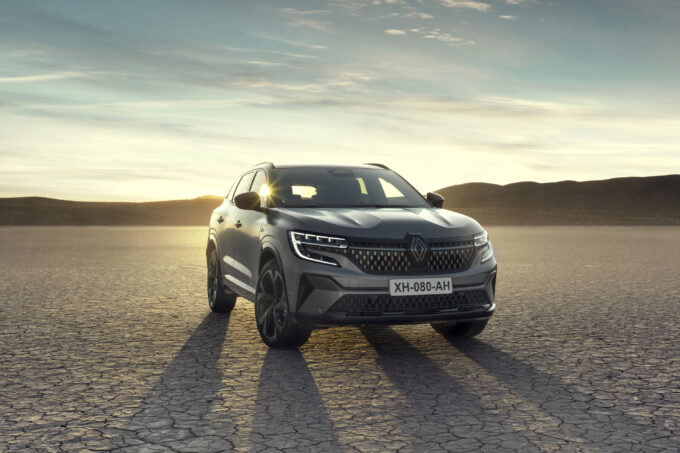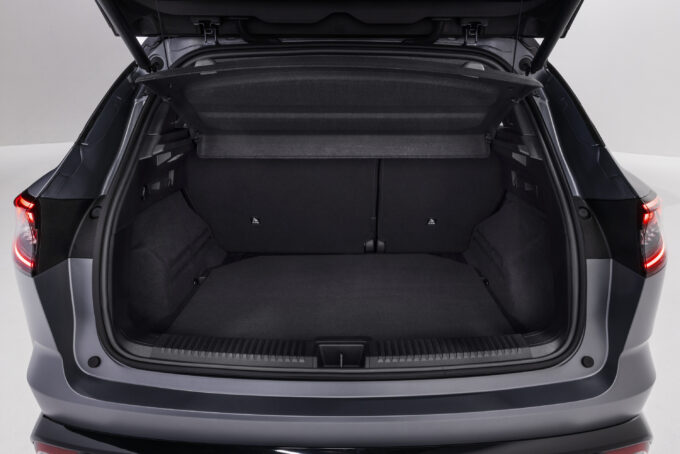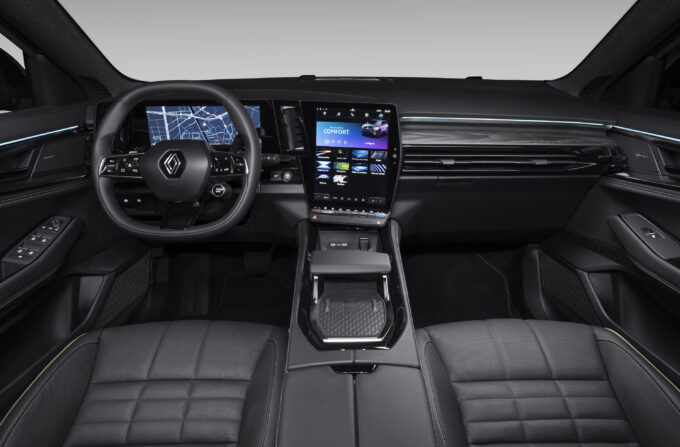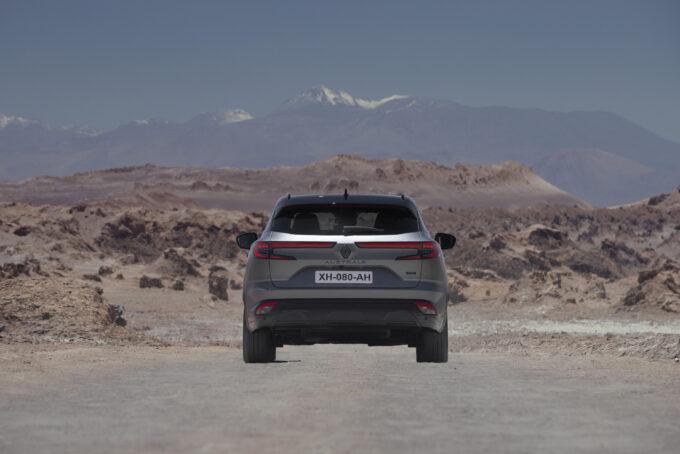Renault: The Austral is coming to Switzerland in the fall 🎥
THE NEXT PLEASANT As the successor to the Kadjar, the Austral will be launched on the Swiss market in the fall. The compact SUV is available exclusively with electrified powertrains. The French are doing without a diesel variant.
The Austral is the first Renault model to be developed on the revised CMF-CD platform and uses the various hybrid drive options - from mild hybridization to 48-volt technology and full hybrid drive. A plug-in hybrid variant is also possible in the future. However, no decision has been made on this yet. A fully electric version is not planned.
In any case, the course is set in Paris for electrification of the model range, and a total of 14 electrified models are to follow in the next few years. By 2030, Renault should then be a fully electric brand

Memories of the Vel Satis
The 4.51-meter Austral enters the market with a confident design. The bulky front end radiates the new spirit and is somewhat reminiscent of the long-forgotten Vel Satis.
In the interior, two 12.3-inch and twelve-inch screens dominate the area in front of the steering wheel, and an (optional) head-up display also helps to convey information.
High-quality materials such as wood, leather and Alcantara create a premium atmosphere, depending on the equipment level. In the rear, the Renault managers promise the best knee room with 27.4 centimeters if the rear seat is not moved forward to create additional space in the luggage compartment. The trunk volume varies between 500 and 575 liters depending on the version.
Engine development with Daimler
The top variant is powered by a full hybrid drive system that combines a 1.2-liter three-cylinder engine with an electric motor and a 1.7 kWh battery. The system output is 160 hp or 200 hp and accelerates the Austral from 0 to 100 km/h in less than nine seconds. Renault quotes fuel consumption of 4.6 liters per 100 kilometers.
The mild hybrid drive with 48-volt technology produces 130 hp and consumes 5.3 liters per 100 kilometers. Finally, the basic drive system combines a 1.3-liter turbo four-cylinder engine developed in collaboration with Daimler with a 12-volt lithium-ion battery to deliver 140 hp or 160 hp.
All motors can store the energy generated during braking in the battery, and the driver can choose between three driving settings.
Airbag between driver and passenger
A total of 32 electronic helpers assist the person behind the wheel with driving, parking and safety. These include a head-up display, adaptive cruise control, automatic parking and automatic emergency braking if an obstacle is overlooked when reversing, and matrix LED headlights. An additional airbag between the driver and front passenger is also designed to prevent a collision of the two heads.












